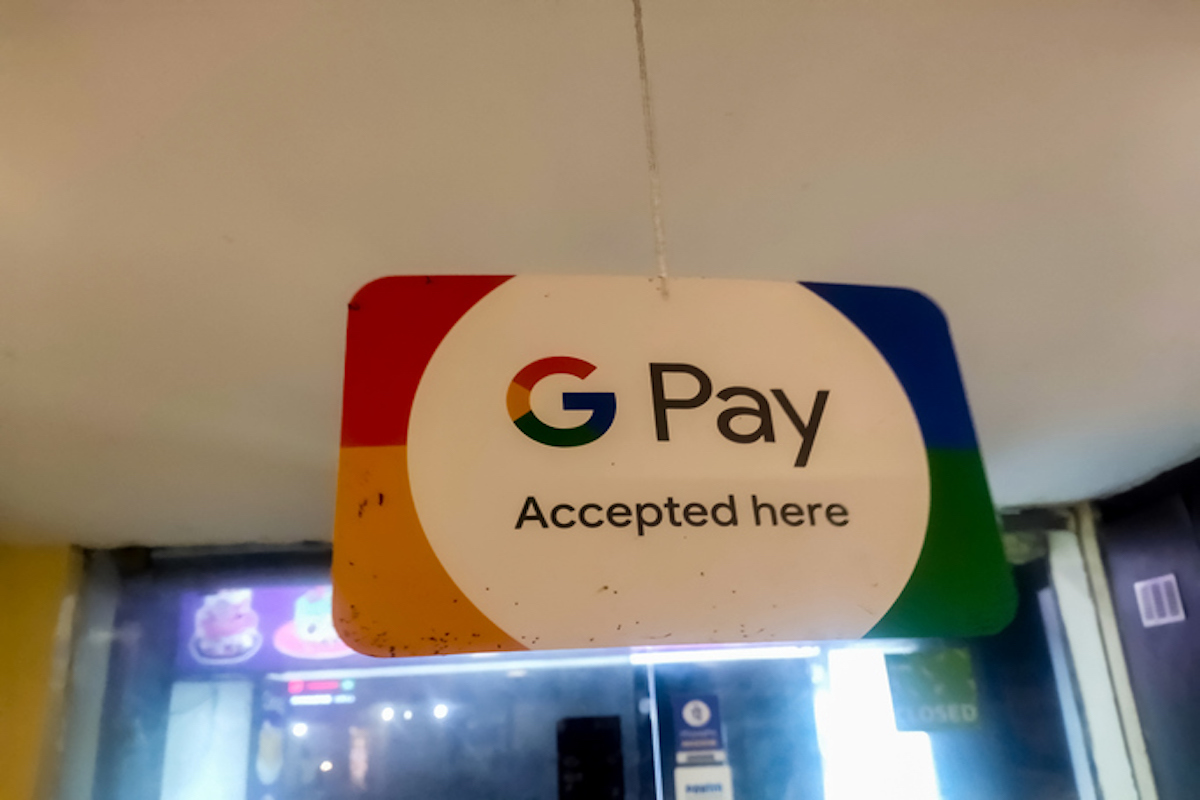For easy and fast transactions, we need UPI Apps and online wallets. From the comfort of our own place, wherever we are, and ease of making transactions without cash or card can be only possible with UPI Apps or Online Wallets like Google Pay. Google Pay is one of the most downloaded apps.
These Apps enable in-app, online, and in-person contactless purchases on mobile devices, Google Pay or G-pay aids all these services. Using Google created App-Google Pay, one can send payments to other users, service providers, and business owners, and can also make bill payments to even third parties using any Payment Instruments accepted by Google Pay.
Advertisement
Google Pay is available in about 28 countries as of now.
Advertisement
So, Google Pay provides us a platform to make contactless transactions and makes our life easier, however, the question arises how do they earn money for themselves? We all know that the Google Search engine earns money from Google Ads, how does G-pay make money for their company?
The Google Pay app is free of cost and does not charge its users any money for making transactions or does not take any commission or other such charges for the use.
It can be a very good resource for Google to generate revenue. But, for now, the primary function of Google Pay is to grow its base. It already has a significant presence because it is a branch of Google and it has made cashless transactions very easy.
The concept of UPI (unified payments interface) already existed, when Google introduced its wallet system in India, . But with the availability of Google Pay, it merely skyrocketed. A significant part of these benefits was, of course, credited to Google Pay.
How does Google Pay Earn Money?
Google Pay makes money through commissions, the commissions it gets for transactions from service providers and Bill payments. For every transaction that ya user makes using Google Pay, the App receives a small percentage from the company.
Three sources through which G-pay earns money:
Commission via Bill Payments: The app enables users to pay their various bills such as water, electricity, insurance, loan repayment, DTH recharge, etc. For every payment that they make through the app, G-Pay gets a commission from the service provider.
User base Via UPI Transaction: Google Pay is assisted via a UPI-based digital payment app that lets users pay to any other GPay user through their registered phone number. Google pay doesn’t earn anything through this way of transaction but it does give the company access to user data to work on their product further.
Commission via Mobile Recharge: Whenever a user pays and gets their recharge done via the Google Pay App, the company receives a sum amount of money via commission.
According to an article published on Techcircle, Google Pay commands more than 40% of the UPI market. For the financial year 2019-2020, reported revenues were Rs 1,501 crore, up 34.26% year-on-year from Rs 1,118 crore. In financial year 2018-2019Net profits for the year stood at Rs 32.87 crore, up 544% from Rs 5.10 crore, according to the company’s latest regulatory filings.”
As per the data from the National Payments Corporation of India (NPCI), analyzed by TechCircle, in October 2020, Google Pay estimated 960 million transactions in November 2020, an increase from 857.8 million. Rival PhonePe registered 868.4 million transactions in November 2020, cornering 39% of the market share.
It is a broker app, working between the user and another third-party application. It generates revenue over some time through leveraging consumers and vendors by the monopoly. It has a very high valuation in the data-driven market.
In the month of May 2020, the Google-managed UPI platform reported 75 million transactional users in India.
Advertisement











